The data, in the report ‘Reducing food waste from farm to fork’, shows that retailers Asda, The Co-op, M&S, Morrisons, Sainsbury’s, Tesco, and Waitrose produced 200,000 tonnes of waste in 2015. This is up from 180,000 tonnes in 2014 and equivalent to the level of waste produced in 2013.
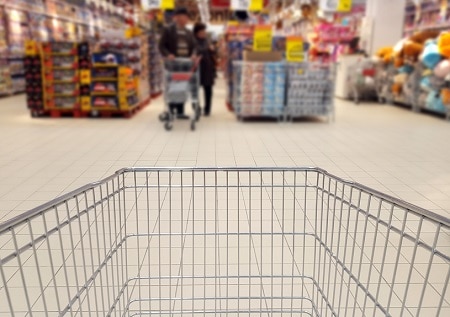
However, the BRC said that the ‘plateauing’ figures could have been influenced by variations in the way food waste was measured by retailers and that the figures could also be sensitive to changes in operating models such as moving away from longer life products towards fresh products with a shorter life.
And, it was keen to stress that the figures did not take into account the most recent initiatives undertaken by retailers in areas such as surplus food redistribution, which it said were likely to reduce food waste going forward. It also emphasised that retail waste only accounted for “2.4% of post farm gate food waste”, with much more waste created in the supply chain and at home.
Alice Ellison, environment policy advisor at the BRC, told letsrecycle.com: “In 2015 and 2016 retailers have undertaken a number of initiatives, especially around the redistribution of surplus food. That should reduce food waste levels. I expect the figures next year to be lower.”
“It is important not to get too hung up on 20,000 tonnes. It is a small amount when compared to the 10 million tonnes of post farm gate food wasted each year. Retailers absolutely have a shared responsibility but there are bigger challenges in the supply chain and in the household.”
Waste
Under the BRC’s ‘A Better Retailing Climate’ initiative, the UK’s seven largest retailers have published annual food waste figures since 2013. As they represent approximately 82.5% of the food waste market, this is then used by resource charity WRAP to calculate figures for the whole of the UK.
The retailers are all signatories of Courtauld 2025, a voluntary agreement to cut food and drink waste and the greenhouse gas emissions associated with it by 20% by 2025.
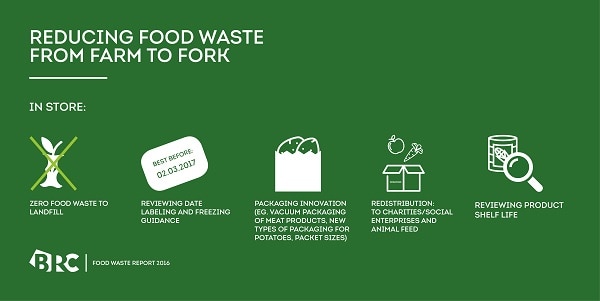
The BRC report includes case studies of how retailers are working to reduce waste. This includes Sainsburys’ Waste Less, Save More initiative in Swadlincote, Derbyshire (see letsrecycle.com story) and Tesco’s commitment in March 2016 that by the end of 2017, it will not waste any food that is safe for human consumption.
Other case studies look at the work by a number of supermarkets to sell misshapen vegetables. For instance, in February 2016, Waitrose launched the Little Less Than Perfect range of misshapen seasonal vegetables. Since February, Waitrose has sold 131 tonnes of potatoes, 90 tonnes of carrots, 40 tonnes of onions and 17 tonnes of parsnips and is working with suppliers to extend the range.
Supply chain
Going forward, Ms Ellison said that more data was needed on supply chain waste and that retailers wanted to work with their suppliers to achieve this.
She said: “At the supply chain farm level it is very important to establish a base level – how much food is actually being wasted… that is a really important issue both in the UK and overseas.”






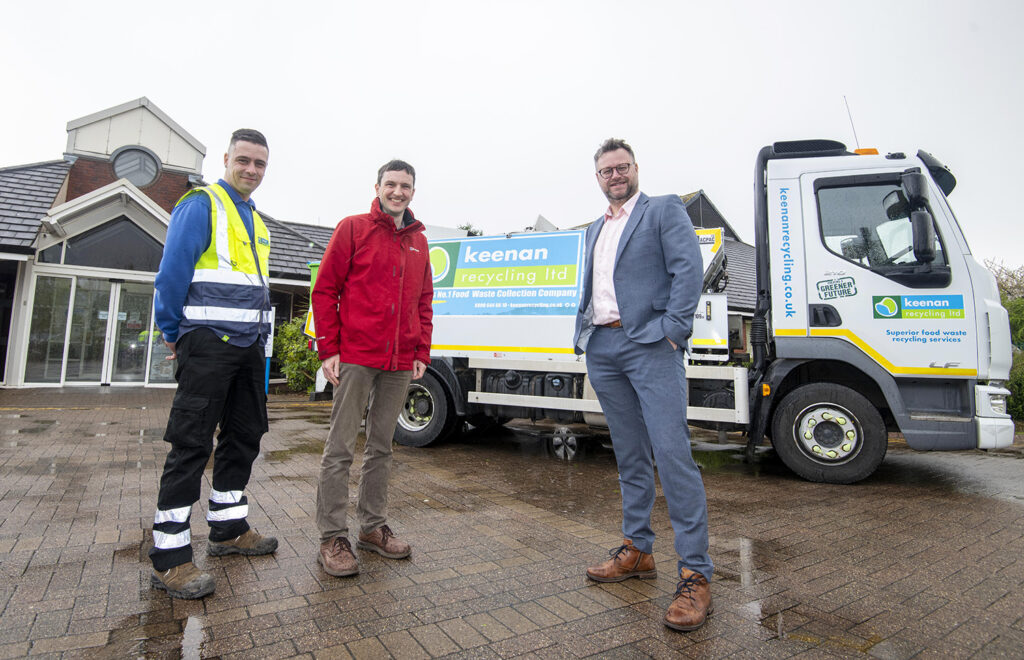
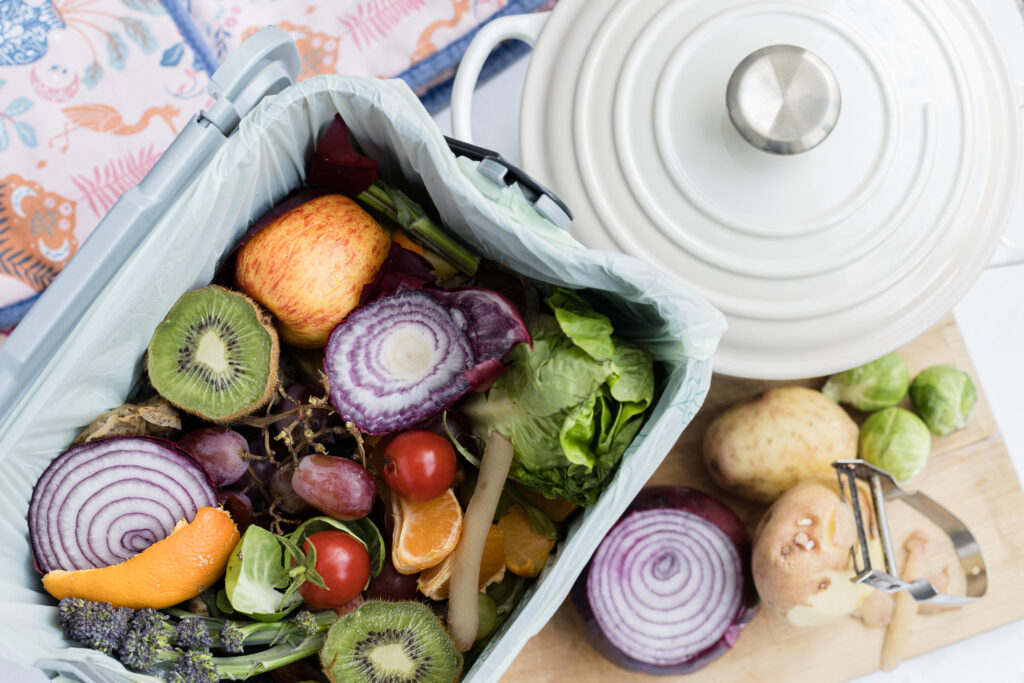
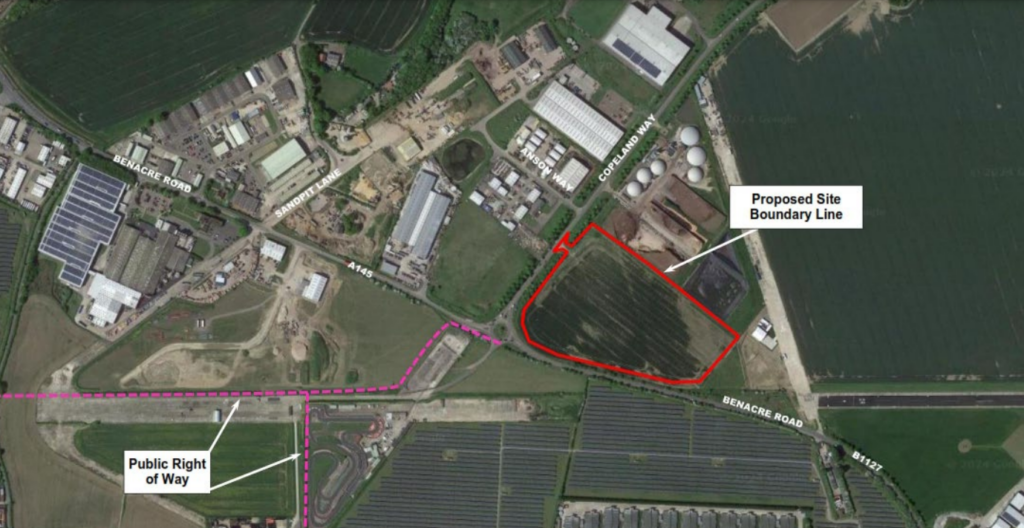

Subscribe for free